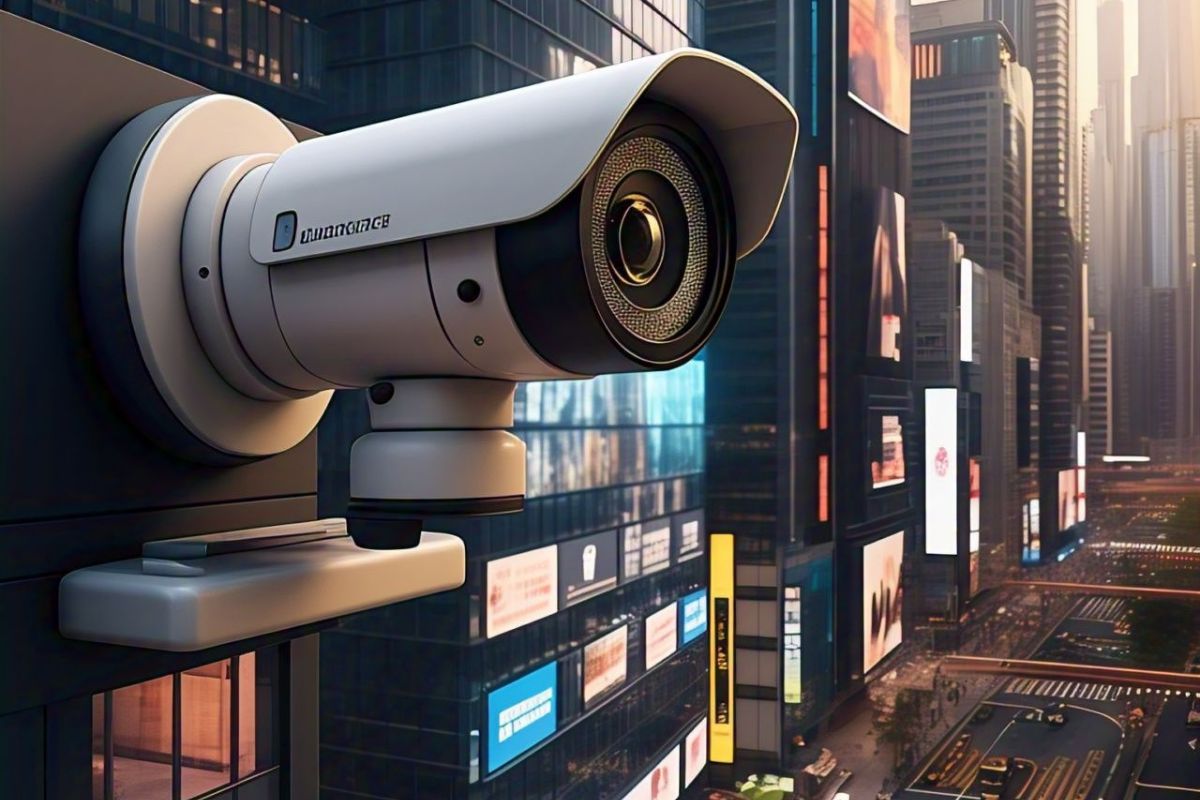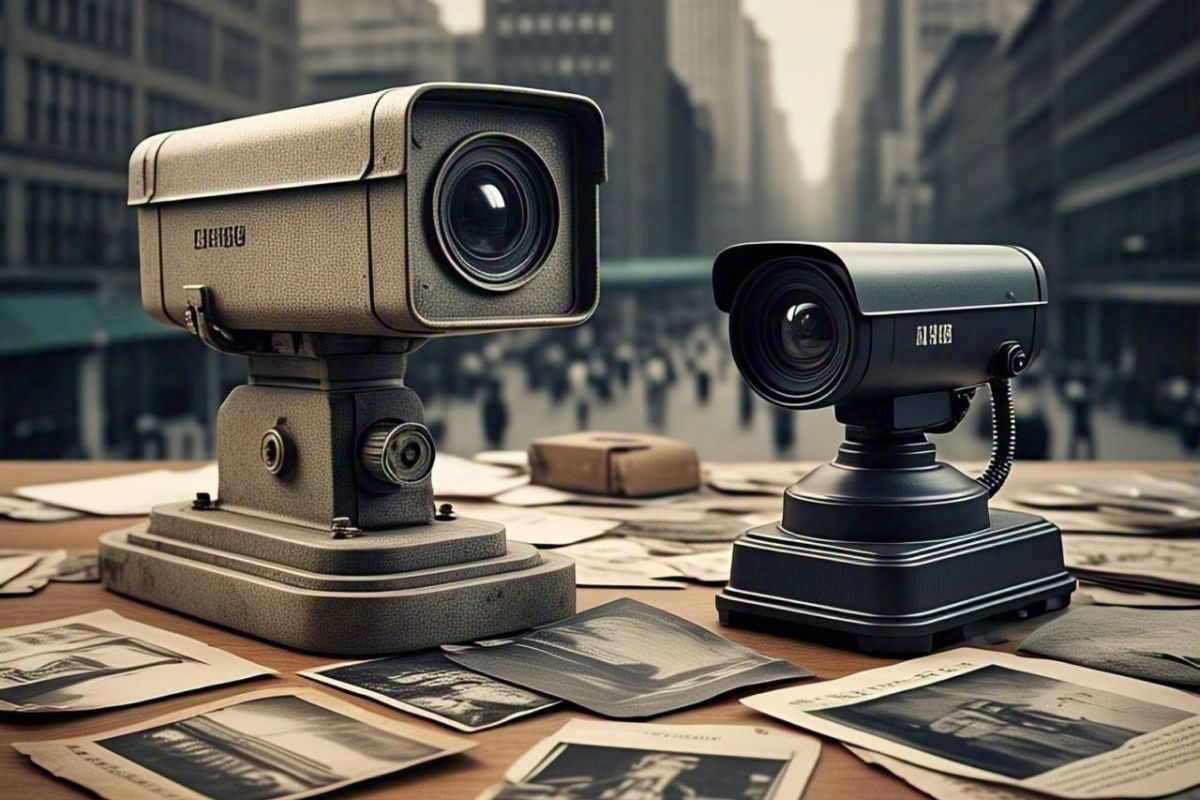The Silent Watchers That Changed the World
Imagine a world without cameras silently watching over homes, businesses, and public spaces. From tracking criminal activity to deterring theft, CCTV cameras have become a silent yet powerful force in our everyday lives. But how did they evolve into such an essential part of modern security? This article takes you through the intriguing journey of CCTV technology—from its secretive wartime origins to today’s AI-powered surveillance systems. Whether you’re a tech enthusiast or someone looking to understand the deeper role of security tech, this is the story behind the lenses.
Brief Overview of CCTV Cameras
Closed-Circuit Television (CCTV) refers to a system of video cameras that transmit signals to a specific set of monitors, rather than broadcasting publicly. These systems are primarily used for monitoring and security purposes in both private and public settings. Unlike traditional broadcast television, CCTV relies on strategically placed cameras and private transmission systems, ensuring that the footage remains within a closed network. Over time, the technology has evolved significantly, offering enhanced image clarity, storage capabilities, and integration with other smart devices.
Importance of CCTV in Modern Surveillance
In today’s fast-paced world, CCTV serves more than just a monitoring function—it plays a pivotal role in crime prevention, traffic management, workplace safety, and even customer behavior analysis. Governments and businesses heavily depend on surveillance footage for investigations and real-time alerts. Homeowners are also increasingly relying on smart camera systems to monitor entrances and ensure family safety. The technology not only provides a sense of control but also acts as a deterrent for unlawful activities, contributing to overall societal security. If you’re exploring modern solutions for home or office, platforms like Buy Security Cameras offer a wide range of advanced systems suited for both residential and commercial use.
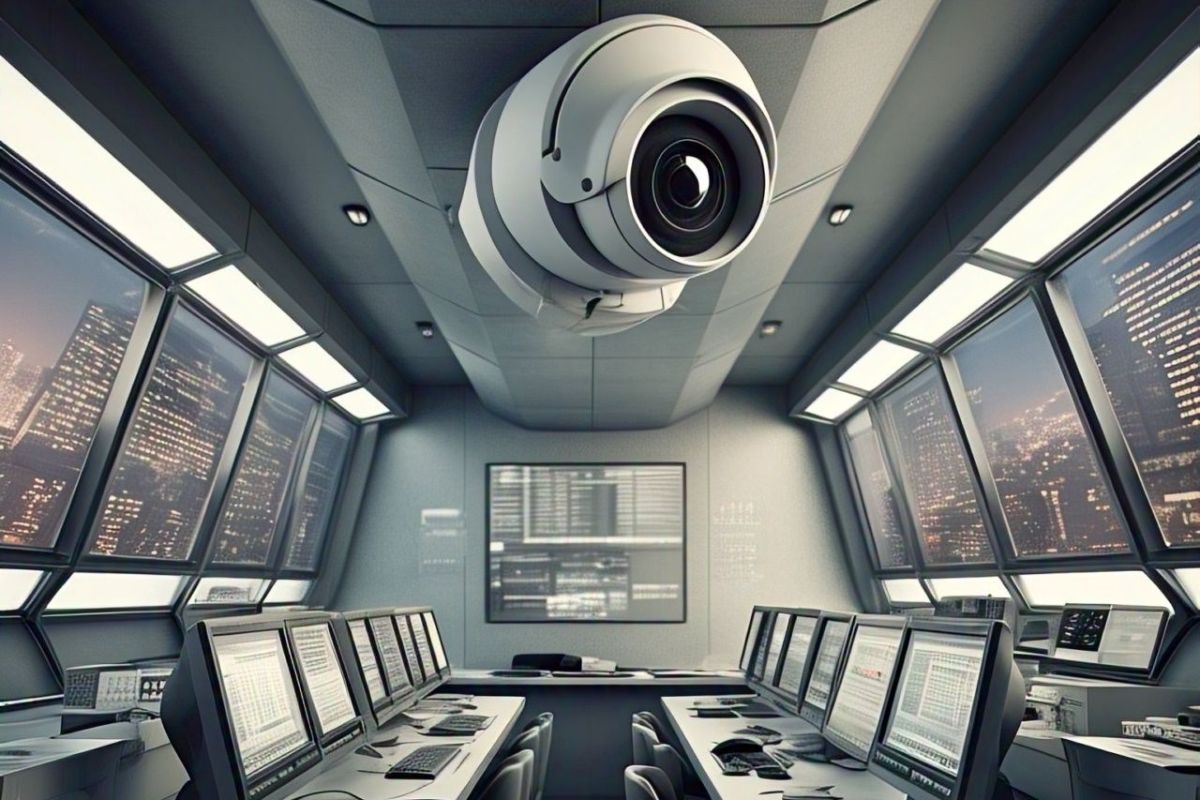
Early Origins of CCTV (1940s–1950s)
The roots of CCTV date back to the early 1940s, a time marked by geopolitical tensions and technological experimentation. Initially conceived for military applications, these early systems were simplistic but groundbreaking. The technology was rudimentary, using analog signals and fixed viewing angles, yet it laid the foundation for the complex surveillance infrastructures we see today. Engineers and scientists were just beginning to understand how powerful visual monitoring could become in strategic environments.
CCTV in World War II: The German Innovation (1942)
The first known application of CCTV occurred during World War II. In 1942, German engineer Walter Bruch developed a closed-circuit system to monitor the launch of V-2 rockets. The setup allowed operators to view missile launches in real time, enhancing both safety and analysis. This was a revolutionary step that demonstrated the feasibility of using video feeds for real-time monitoring. Though not intended for civilian use at the time, this innovation marked the beginning of a technological shift.
Post-War Applications and Early Commercial Use (Late 1940s–1950s)
After the war, the benefits of CCTV became apparent to civilian industries. By the late 1940s, companies in the United States and the United Kingdom began adopting the technology for industrial monitoring. Early systems were deployed in factories to oversee production lines and ensure worker safety. These setups required constant human observation and lacked recording features, but they were a major leap forward in workplace oversight.
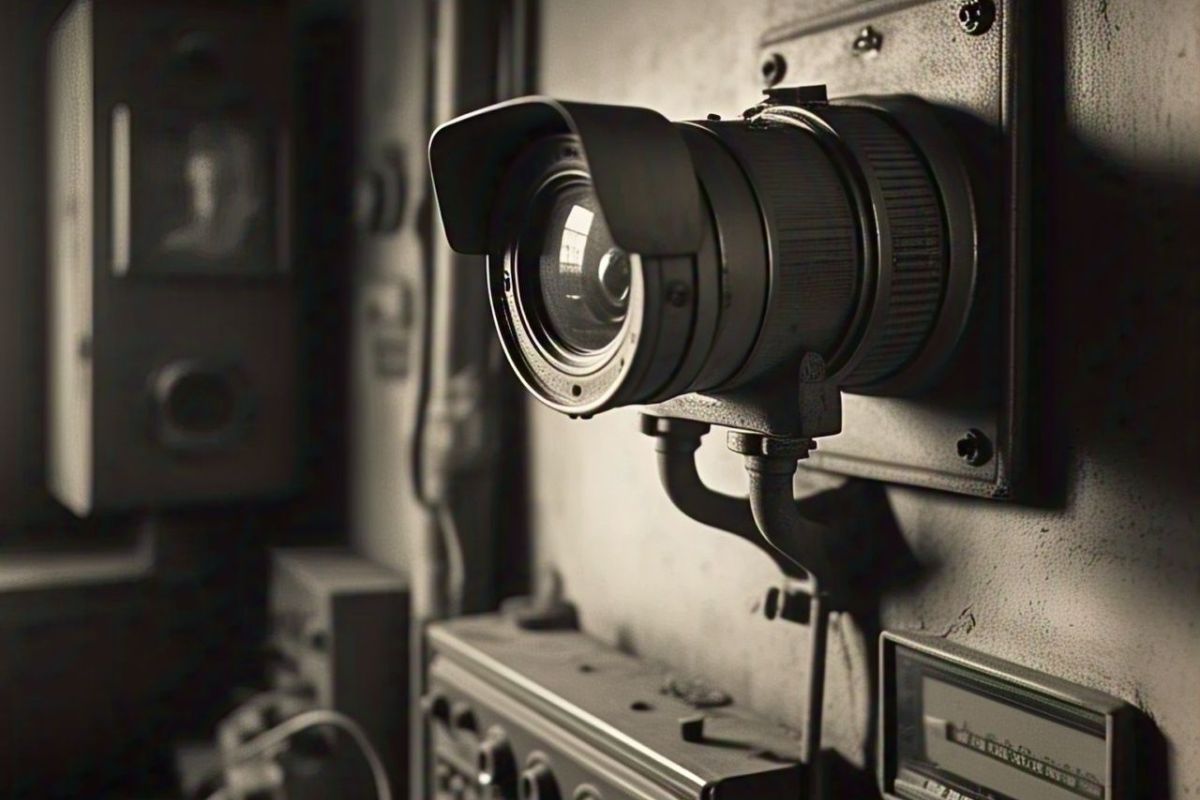
Expansion and Commercial Use (1950s–1970s)
The 1950s through the 1970s saw an expansion in both the development and application of CCTV. As the technology became more reliable and cost-effective, it moved beyond industrial use into public and commercial spaces. Retailers, banks, and hospitals started installing CCTV to minimize theft and enhance operational security. During this time, the general public began to associate cameras with safety and vigilance, paving the way for widespread societal acceptance.
Adoption by Law Enforcement and Security Agencies
By the late 1960s, law enforcement agencies began to see the value in CCTV for urban surveillance and crime prevention. In the U.K., the police initiated test programs by installing cameras in high-crime areas. These early pilot projects showed promising results, leading to further government investments. Surveillance was no longer limited to private businesses—it was becoming an important tool in public safety strategies.
First Commercial CCTV Systems in Banks and Businesses
Financial institutions were among the first to integrate CCTV on a large scale. Banks adopted closed-circuit systems to monitor teller counters, ATMs, and vaults. Business owners followed suit, installing cameras to monitor employee behavior and prevent internal theft. This era marked the beginning of CCTV as a critical component of commercial risk management. Although footage quality was limited, the very presence of a camera often deterred criminal activity.
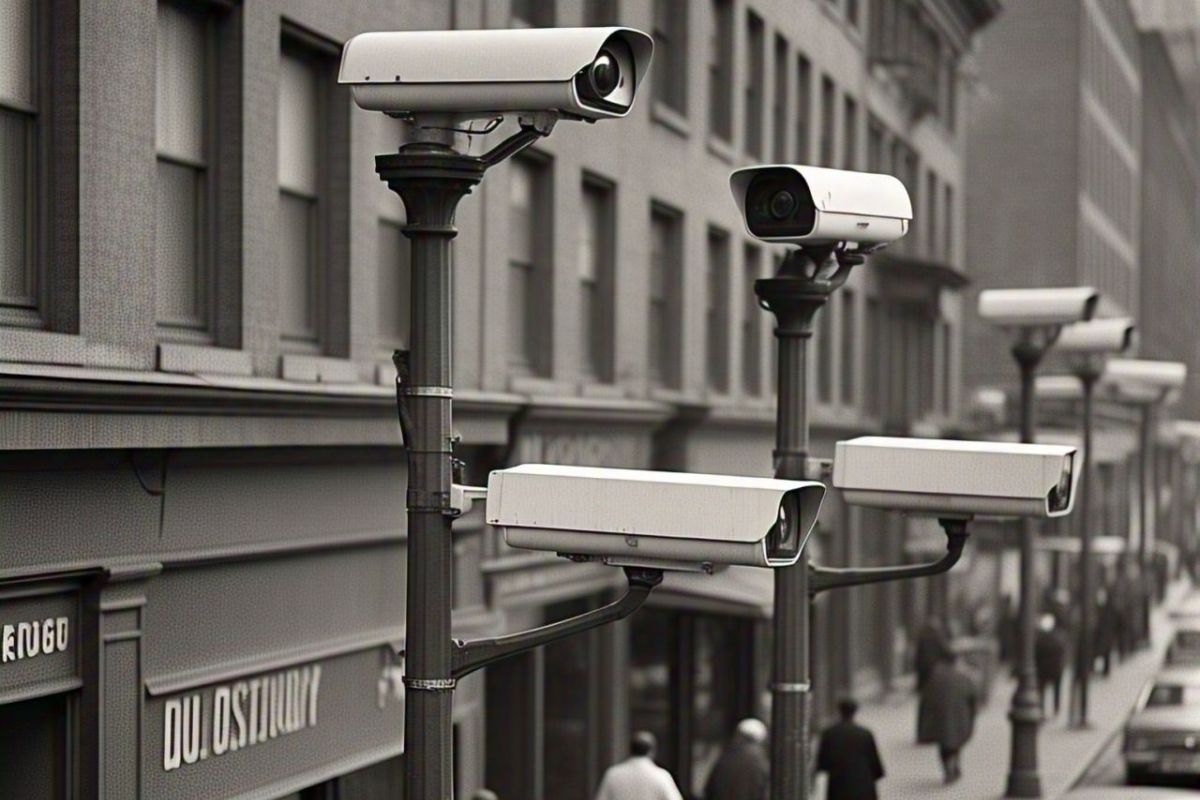
Technological Advancements (1980s–1990s)
With the rise of electronics and digital technologies in the 1980s and 1990s, CCTV systems experienced a wave of innovation. Video quality improved, cameras became more compact, and recording capabilities advanced dramatically. This technological leap allowed users to store footage for extended periods and review it conveniently. It was also during this time that multi-camera systems with central monitoring stations became mainstream.
Transition from Analog to Digital Recording
One of the most pivotal changes was the shift from analog to digital video recording. Analog systems relied on magnetic tapes, which required manual replacement and frequent maintenance. Digital systems, on the other hand, introduced more reliable storage and retrieval methods. This not only enhanced image quality but also enabled remote access and easier integration with other digital platforms. Surveillance was entering the information age.
Development of VCR-Based Surveillance Systems
Before the advent of hard drives, VCR-based systems were the standard for recording footage. These allowed for scheduled and continuous recording, offering better oversight than earlier live-only setups. Although these systems were limited by storage space and required manual tape changes, they represented a substantial step toward more efficient surveillance. They also paved the way for the DVR (Digital Video Recorder) systems that would soon dominate the market.
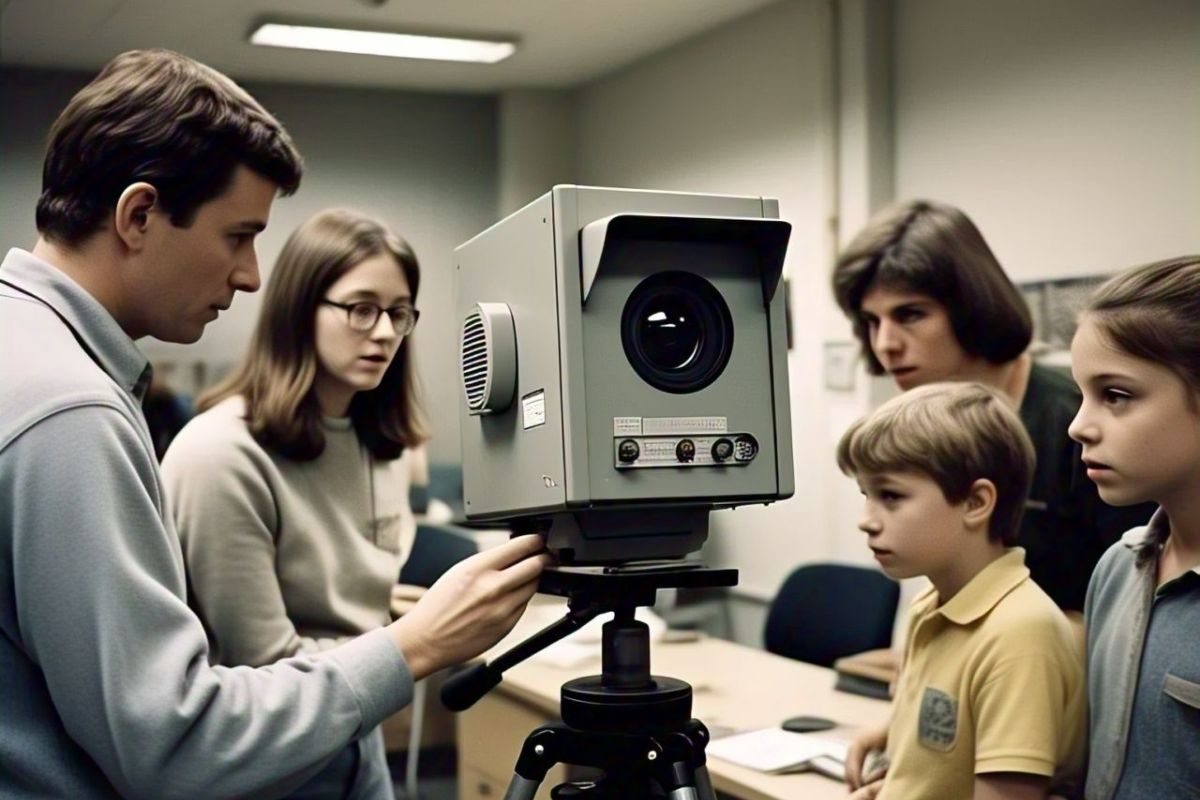
Modern Trends and Future of CCTV (2020s–Present)
Today’s CCTV systems are smarter, faster, and more accessible than ever before. The industry is shifting toward cloud-based solutions, which eliminate the need for on-site storage and offer real-time remote access. Mobile apps now allow users to monitor multiple locations from anywhere, breaking down barriers of location and time. With internet-enabled devices, CCTV has transitioned from a reactive tool to a proactive security measure. A great place to explore some of the latest advancements is through curated CCTV supplies collections that include smart cameras, WiFi-enabled models, and AI-integrated systems designed for maximum efficiency.
Cloud-Based Surveillance and Mobile Accessibility
Cloud technology has revolutionized how surveillance data is stored and accessed. Instead of relying on local servers, users can now upload footage to secure cloud platforms. This ensures data integrity and allows for seamless access across devices. Mobile accessibility further enhances user convenience, providing instant alerts and live feeds on smartphones. These innovations empower users to act quickly in response to potential threats.
AI-Powered Facial Recognition and Object Detection
Artificial Intelligence (AI) has added a new dimension to CCTV functionality. Modern systems can now recognize faces, detect specific objects, and even identify suspicious behavior. These smart analytics reduce the need for constant human monitoring and improve incident response times. However, as surveillance becomes more intelligent, it also raises ethical questions about data privacy and civil liberties.
Role of CCTV in Public Safety and Privacy Concerns
While the benefits of CCTV in deterring crime and enhancing safety are clear, the technology is not without controversy. Privacy advocates express concern over the misuse of surveillance footage and potential overreach by authorities. Balancing security and privacy is a delicate act that requires transparent policies and responsible use. As CCTV continues to evolve, society must find ways to protect both public safety and individual rights.
